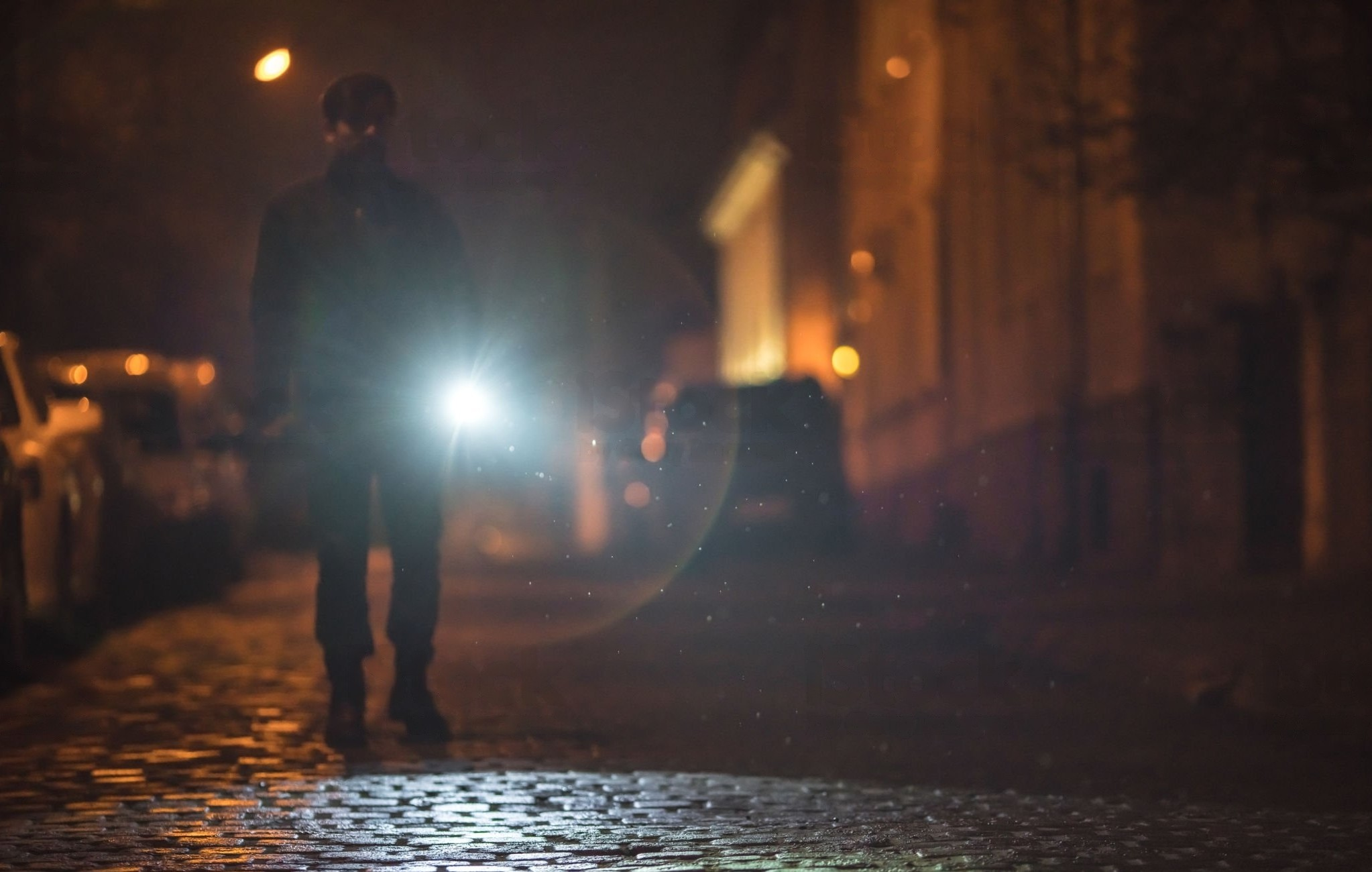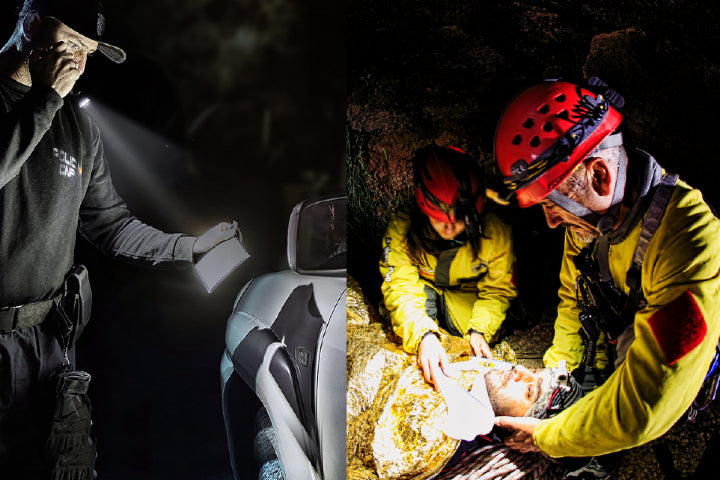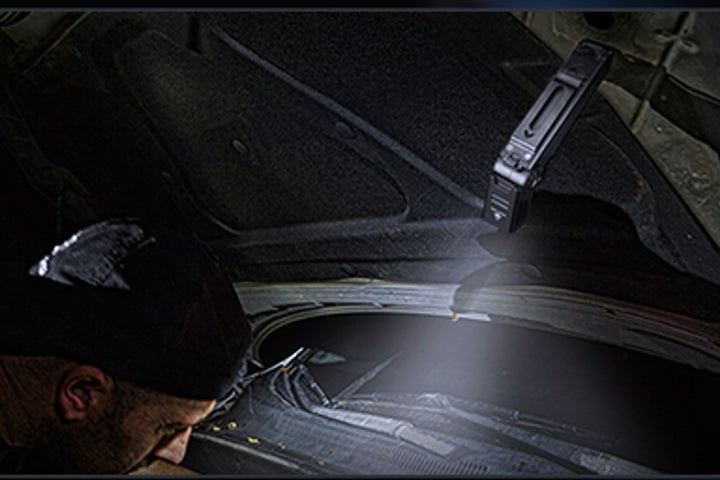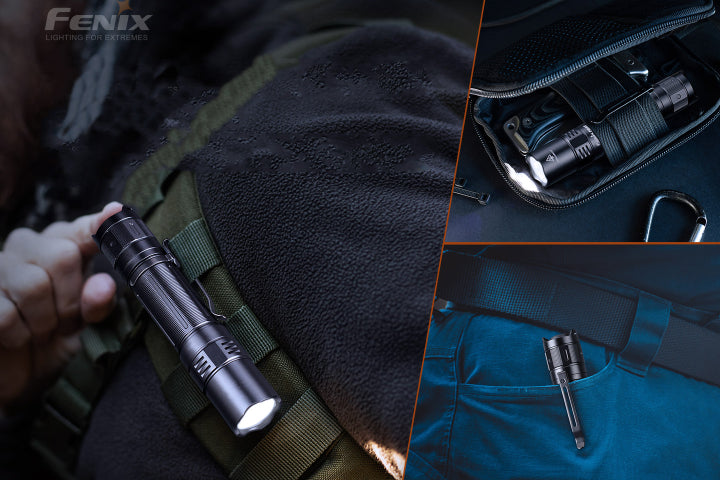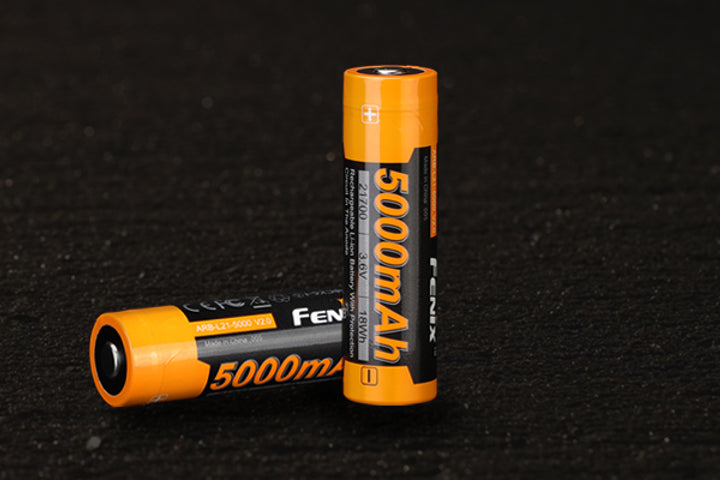How to Choose and Buy Bike Lights that Work for You
Cycling is not just a hobby; for many, it’s a way of life. Whether you’re commuting to work, embarking on a long-distance adventure, or simply enjoying a leisurely ride, having the right bike light is crucial. Proper lighting not only enhances your visibility to motorists and pedestrians but also illuminates your path, ensuring a safe and enjoyable ride. This comprehensive guide will help you choose and buy bike lights that work for you, focusing on key features, types, and considerations for making the best choice.

Key Takeaways
- Importance of Bike Lights: Ensuring visibility and safety is crucial for all cyclists, especially in low-light conditions.
- Types of Bike Lights: Includes headlights, taillights, helmet lights, and wheel/frame lights, each serving specific purposes.
- Brightness Levels: Choose brightness (measured in lumens) based on your riding environment—urban, rural, or off-road.
- Battery Options: Consider rechargeable, replaceable, and dynamo-powered lights based on convenience and usage needs.
- Mounting and Durability: Ensure lights are easy to mount, water-resistant, and durable to withstand various conditions.
- Safety Tips: Proper positioning, regular maintenance, and using multiple lights can significantly enhance safety.
- Top Brands: Fenix, Cateye, and Lezyne offer reliable, high-quality bike lights suitable for various cycling needs.
- Where to Buy: Purchase from online retailers like Fenix Store, local bike shops, or specialty stores to find the best options.
- Legal Requirements: Comply with local laws and standards to ensure your lights meet visibility and safety regulations.
Understanding the Importance of Bike Lights
The primary function of bike lights is to ensure you are seen and can see, especially in low-light conditions. With the increasing number of cyclists on the roads, it’s essential to prioritize safety. Proper lighting can significantly reduce the risk of accidents and enhance your overall cycling experience.
Types of Bike Lights
Choosing the right bike lights involves understanding the different types available. Here are the main categories:
- Headlights: Mounted on the front of your bike, typically on the handlebar, headlights illuminate the path ahead. They vary in brightness, measured in lumens, and are essential for night rides or low-visibility conditions.
- Taillights: Attached to the rear, taillights ensure you are visible to traffic approaching from behind. They often feature steady or flashing modes to catch attention.
- Helmet Lights: These lights are mounted on your helmet, providing additional visibility. They move with your head, helping to illuminate where you’re looking and increasing your overall visibility.
- Wheel and Frame Lights: These decorative lights add visibility from the side, making you more noticeable to drivers at intersections.

Key Features to Consider
When selecting bike lights, several features can influence your decision:
- Brightness (Lumens): The brightness of your bike lights should match your riding conditions. Higher lumens are suitable for dark, unlit roads, while lower lumens suffice for urban areas with street lighting.
- Beam Pattern: The beam pattern affects how light is distributed. A wide beam is ideal for off-road riding, while a focused beam is better for city commuting.
- Battery Life: Consider how long the lights last on a single charge. Longer battery life means less frequent recharging, which is crucial for long rides.
- Mounting Options: Ensure the lights are easy to mount and detach. Versatile mounting options allow you to use a single light on multiple bikes or helmets at different times.
- Water Resistance: Waterproof or water-resistant lights are essential for riding in all weather conditions.
- Mode Options: Multiple modes, such as steady, flashing, and eco, provide flexibility for different situations. Flashing modes can improve visibility during the day.

Choosing the Right Brightness
- Commuting in Urban Areas: For city riding, 200 to 600 lumens for headlights and 50 to 100 lumens for taillights are generally sufficient. Urban areas often have street lighting, so extremely bright lights are not necessary.
- Rural or Off-Road Riding: In areas without streetlights, opt for headlights with 600 to 2000 lumens. Taillights with 100 to 200 lumens will ensure you remain visible from a distance.
- Daytime Visibility: Even during the day, bike lights enhance visibility. Use lights with a flashing mode to make yourself noticeable to drivers.
Battery and Power Options
- Rechargeable Batteries: Most modern bike lights use USB-rechargeable batteries, offering convenience and cost savings over time. Look for lights with a battery indicator to avoid being caught off guard.
- Replaceable Batteries: Some lights still use replaceable batteries. These can be handy if you’re on a long trip without access to charging facilities. They are more convenient but can end up being very expensive in the long run.
- Dynamo-Powered Lights: Dynamo systems generate power through your bike’s motion. These are excellent for long-distance touring, as they don’t rely on battery life.
Mounting and Adjustability
- Handlebar Mounts: Ensure the headlights can be securely mounted on your handlebars. Some lights offer quick-release mounts, allowing for easy removal to prevent theft.
- Helmet Mounts: Helmet-mounted lights should be lightweight to avoid discomfort. They are excellent for providing a directional light source.
- Taillight Mounts: Taillights should be easy to attach to your seat post or rear rack. Some lights come with clips for mounting on bags or clothing.
Waterproof and Durability Considerations
- Weather Resistance: Your lights should withstand various weather conditions. Look for an IP rating, indicating the level of water resistance. An IP64 rating means the light is splash-resistant, while an IP67 rating indicates it can withstand immersion in water. The ideal choice is IP68 which indicates total immersion for a longer period of time to more depth. Many Fenix lights feature IP68 rated waterproofing!
- Build Quality: Durable materials, such as aluminum or high-quality plastic, ensure your lights can endure rough handling and accidental drops.
Additional Features
- Smart Connectivity: Some advanced bike lights connect to your smartphone, allowing you to control modes and settings via an app. This feature can be particularly useful for adjusting settings on the go.
- Integrated Reflectors: Lights with built-in reflectors provide an extra layer of visibility, ensuring you remain visible even if the light itself fails.
- Light Sensors: Some lights adjust their brightness automatically based on ambient light conditions, conserving battery life and providing optimal illumination.
Safety Tips for Using Bike Lights
- Proper Positioning: Ensure your headlights are angled correctly to illuminate the road without blinding oncoming traffic. Taillights should be visible from a distance and positioned at the correct height to illuminate your path while not blinding oncoming traffic or pedestrians for your safety and theirs.
- Regular Maintenance: Check your lights regularly to ensure they are clean and functioning correctly. Replace batteries or recharge as needed.
- Use Multiple Lights: Combining headlights, taillights, and side lights increases your visibility from all angles. This multi-light setup is especially important in heavy traffic or poorly lit areas.
Popular Brands and Recommendations
- Fenix: Of course our favorite around here! Known for high-quality, durable lights, Fenix offers a range of options suitable for all types of cycling. Fenix lights are often praised for their brightness and battery life.
- Cateye: A popular brand among commuters, Cateye offers reliable and affordable lighting solutions. Their lights are easy to mount and provide excellent visibility.
- Lezyne: Lezyne lights are known for their sleek design and robust performance. They offer a variety of lights with different brightness levels and mounting options.
Comparing Different Models
- Fenix BC30R: A powerful headlight with up to 1800 lumens, ideal for off-road and rural riding. It features a rechargeable battery and multiple brightness modes.
- Cateye Ampp 800: Perfect for urban commuting, this headlight offers 800 lumens and a compact design. Its USB-rechargeable battery makes it convenient for daily use.
- Lezyne Strip Drive Pro Rear: A versatile taillight with up to 300 lumens, suitable for all riding conditions. Its multiple mounting options and bright, flashing modes enhance rear visibility.
Where to Buy Bike Lights
- Online Retailers: Websites like Fenix-Store.com offer a wide selection of bike lights with detailed descriptions and customer reviews. Shopping online provides the convenience of comparing different models and prices.
- Local Bike Shops: Visiting a local bike shop allows you to see and test the lights in person. Expert staff can provide personalized recommendations based on your needs.
- Specialty Stores: Stores specializing in outdoor and cycling gear often carry a range of high-quality bike lights. These stores may also offer installation services.
Maintenance Tips for Longevity
- Regular Cleaning: Keep your lights clean to ensure maximum brightness. Use a damp cloth to wipe away dirt and debris.
- Battery Care: Recharge your lights regularly to maintain battery health. Avoid letting rechargeable batteries drain completely.
- Check for Damage: Inspect your lights for any signs of damage, such as cracks or loose components. Replace damaged parts promptly.
Bike Lights for Different Weather Conditions
- Rainy Weather: Use waterproof lights with high lumens to cut through the rain and enhance visibility.
- Foggy Conditions: Flashing modes and wide beam patterns are effective in foggy conditions, making you more noticeable to others. Additionally, features like Fenix's cut-off facula beam pattern design aims the light at a downward angle which reduces the amount of light being reflected back into your eye.
- Cold Weather: Cold temperatures can affect battery performance. Opt for lights with longer battery life or carry spare batteries.
Legal Requirements for Bike Lights
- Local Laws: Familiarize yourself with local laws regarding bike lights. Most places require a white headlight and a red taillight for night riding.
- Visibility Standards: Ensure your lights meet visibility standards, typically requiring a certain brightness level and beam distance.
The Future of Bike Lights
- Innovative Technologies: Advancements in LED technology and smart connectivity are shaping the future of bike lights. Expect more efficient, brighter, and smarter lights in the coming years.
- Sustainability: Eco-friendly lights with sustainable materials and energy-efficient designs are becoming more popular. These lights minimize environmental impact while providing excellent performance.
Choosing the right bike lights involves understanding your needs and the conditions in which you’ll be riding. By considering factors such as brightness, battery life, and mounting options, you can find the perfect lights to ensure safety and visibility on every ride. Whether you’re commuting through the city, exploring rural trails, or cycling in varying weather conditions, the right bike lights will enhance your experience and keep you safe.
FAQs
What are the best bike lights for commuting?
For commuting, look for headlights with 200-600 lumens and taillights with 50-100 lumens. Brands like Cateye and Fenix offer reliable options.
How do I choose the right brightness for my bike lights?
Choose brightness based on your riding conditions. Urban areas require 200-600 lumens, while rural or off-road riding may need 600-2000 lumens.
Are rechargeable bike lights better than those with replaceable batteries?
Rechargeable lights are convenient and cost-effective over time. However, replaceable batteries can be handy for long trips without charging access.
What features should I look for in bike lights for off-road riding?
Look for high lumens (600-2000), wide beam patterns, and robust waterproofing. Brands like Fenix and Lezyne offer suitable options.
Can I use my bike lights during the day?
Yes, using lights during the day, especially in flashing mode, enhances visibility and safety.
How do I mount my bike lights properly?
Mount headlights on your handlebars and adjust the angle to avoid glare. Attach taillights to your seat post or rear rack and ensure they’re visible from behind. See your product's instructions for specific mounting instructions.





